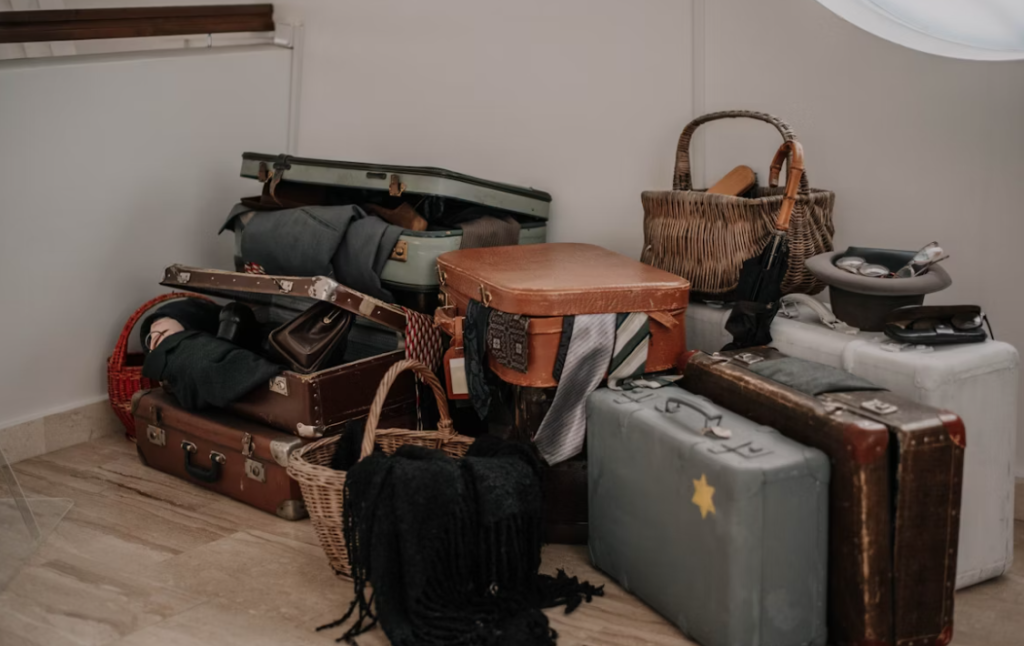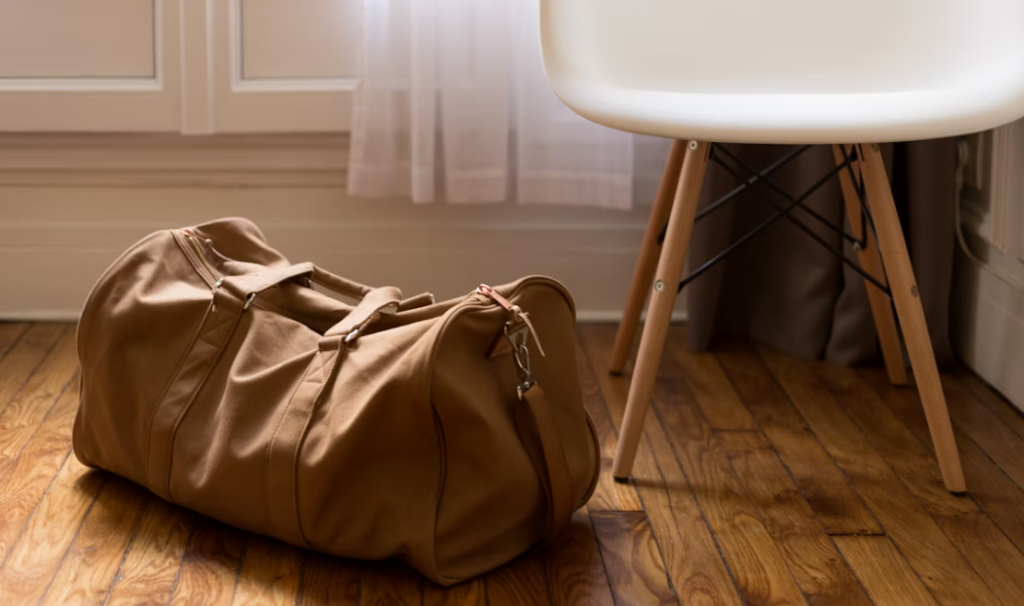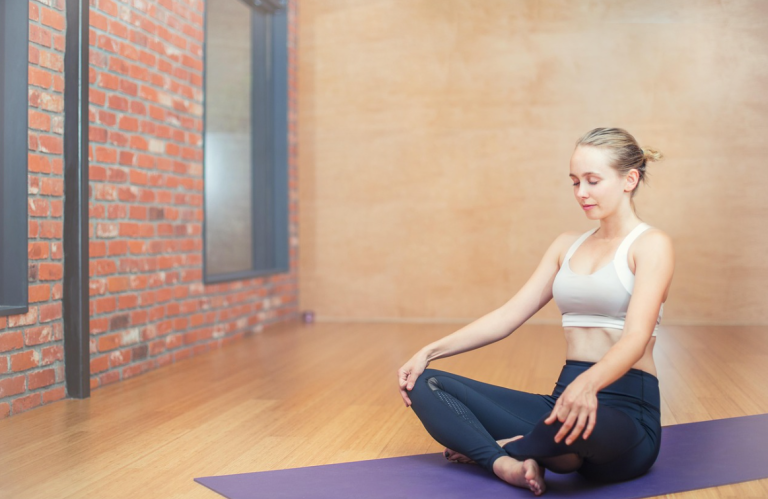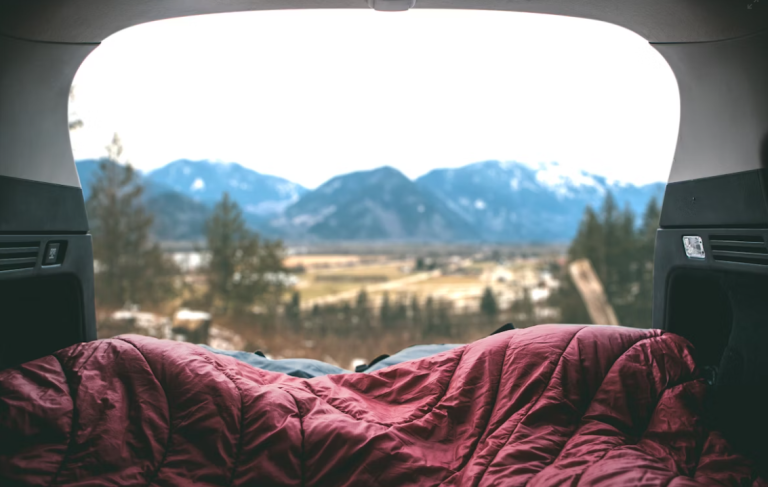You’re going on a three-day trip. You pack for ten. Sound familiar? Don’t worry—you’re not alone. Overpacking is one of the most common travel habits, and it’s not just about indecision. There’s real psychology behind your bursting suitcase. Let’s unpack that mental baggage—and learn how to break free from the overpacking trap.
The Mental Game Behind Your Suitcase
Fear of Being Unprepared
At the root of overpacking lies fear—the fear of not having what you need. We imagine every scenario from rainstorms to impromptu galas. So we pack for all of them “just in case.” But here’s the truth: 90% of those scenarios never happen.
The Illusion of Control
Packing too much can feel like we’re taking control of an unpredictable trip. But the irony? More stuff usually leads to less control. You can’t find your charger. Your bag is too heavy. You forgot the one thing you actually needed.
Emotional Attachment to Items
Ever tossed in your favorite book (that you’ve already read), three scarves, or that “lucky” shirt? That’s emotional packing. We assign meaning to items and believe they’ll offer security, identity, or comfort while we travel.
What Makes Us Pack Too Much?
“What If” Scenarios
“What if it rains?” “What if I need heels?” “What if I want options?” These endless hypotheticals cloud our ability to make rational packing decisions. The result? A suitcase filled with possibilities instead of necessities.
Packing for Ideal Versions of Ourselves
We often pack not for who we are—but who we hope to be. A traveler who works out every morning, reads three novels, and dresses fashionably 24/7. Sound like you? It’s aspirational, but unrealistic.
Social Media Pressure
Instagram-worthy outfits for every location, every day? That pressure is real. Many travelers pack to maintain a curated online image, not to meet actual travel needs. That feeds the cycle of packing more than we wear.
Why Overpacking Hurts More Than Helps
Increased Stress and Anxiety
Carrying too much creates decision fatigue. What should I wear? Where’s my adapter? The more you pack, the more choices you have to make—and your brain tires quickly. That leads to stress, irritability, and even travel anxiety.
Physical Discomfort and Travel Hassles
Heavy bags = heavy burden. Overpackers often deal with sore shoulders, luggage fees, airport stress, and even injuries. Travel should feel light and freeing—not like dragging your closet through customs.
Financial and Environmental Costs
Extra luggage can mean extra charges. More importantly, overconsumption increases your carbon footprint. You waste more water, energy, and space—even when traveling. Minimalism helps you travel responsibly.
Cognitive Hacks to Pack Better
Decision Fatigue and the Power of Pre-Planning
Ever noticed how Mark Zuckerberg wears the same outfit every day? He’s avoiding decision fatigue. Apply that to packing: create a decision-free travel wardrobe that’s pre-planned and stress-free.
The Rule of Threes
Three tops. Three bottoms. Three pairs of shoes. That’s all most trips require. The combinations multiply without overpacking. It’s a mathematical trick that keeps your wardrobe simple but functional.
Minimalist Packing Psychology
Minimalism isn’t deprivation—it’s liberation. Train your brain to associate fewer items with more freedom. The less you carry, the more headspace you have to enjoy your journey.
Breaking the Overpacking Cycle
Visualizing Your Trip Realistically
Picture your actual trip, not the fantasy version. What will you really be doing? How often will you change outfits? Be honest. Visualization keeps your packing grounded in reality.
Create a Packing Template
Templates are your secret weapon. A reusable checklist customized by trip type (weekend, beach, business) reduces panic and guesswork. Think of it like muscle memory for your suitcase.

Use Data, Not Emotion
Review past trips: What didn’t you use? What was essential? Use that data to pack smarter. Let your history, not your hopes, guide your choices.
Real-World Tactics That Work
The Capsule Travel Wardrobe
Build a mini wardrobe where every item works with every other item. Think neutral colors, interchangeable layers, and versatile accessories. One outfit can turn into five.
Pack by Activity, Not Outfit
Instead of planning day-by-day outfits, pack for categories: hiking, lounging, dinner. That narrows the range and encourages multipurpose pieces.
Test Pack and Edit
Lay it all out. Then take away 30%. That’s your real packing list. A test pack helps you see excess before it becomes dead weight.
Conscious Packing = Conscious Living
Being Present When You Prepare
Don’t rush. Packing mindfully helps you stay calm and intentional. Think of it as the first step in your journey, not a last-minute scramble.
Letting Go of “Just in Case” Thinking
Trust that you can adapt. You don’t need to bring your entire medicine cabinet. Most items are replaceable or unnecessary. Your ability to adjust is your real superpower—not your packing list.
Final Thoughts: Pack Less, Live More
Packing isn’t just about what you take—it’s about what you leave behind. When you overpack, you carry your fears, insecurities, and stress with you. But when you pack mindfully, you invite freedom, clarity, and peace into your travels. So next time, pack a little lighter—and make room for joy.

Frequently Asked Questions
1. Why do I always pack clothes I never wear?
Because you’re often planning for multiple identities—relaxed you, sporty you, fancy you. Stick to who you’ll actually be on your trip.
2. How do I stop emotional packing?
Recognize the feeling. If you’re packing out of nostalgia, fear, or guilt, pause. Ask: “Will this item serve a real purpose during my trip?”
3. Should I make a packing list every time?
Yes! A packing list removes mental clutter and decision fatigue. Reuse templates and tweak them per trip to save time and stress.
4. Is it better to roll or fold clothes when packing?
Rolling saves space and reduces wrinkles. But folding is better for structured garments. Use both based on the item type.
5. Can I still look stylish while packing light?
Absolutely. Focus on quality, not quantity. Choose versatile pieces and layer creatively. Style is about intention—not volume.


